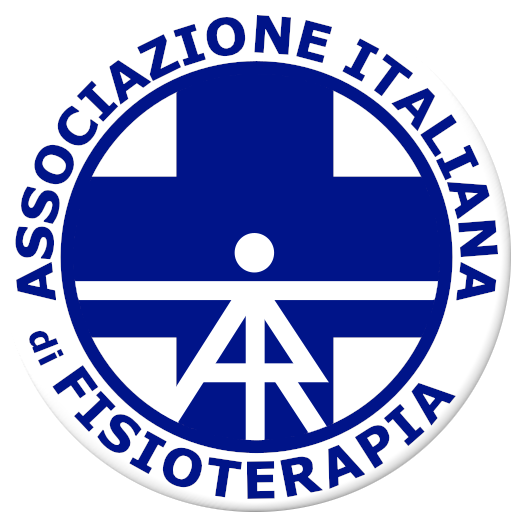Artrodesi intersomatica lombare: effetti in acuto degli esercizi di percezione e di attivazione del core sull’equilibrio e sull’allineamento del rachide. Studio pilota.
Lumbar interbody arthrodesis: acute effects of perception and Core activation exercises on balance and spine alignment. Pilot study.
Introduction
Lumbar spondylolisthesis is a pathological condition of the spine characterized by the slipping of one vertebra compared with the underlying one. According to Meyer, severity is classified considering the degree of slip. For low-grades, the first line of treatment is conservative therapy, including: activity modification, bracing, back muscles strengthening exercises, and back brace. If these treatments fail, next treatment option is lumbar interbody fusion surgery (LIF). Following LIF, trunk proprioception, essential for static and dynamic balance, may decrease favoring sensorimotor and movement control alterations. Thus, providing information to the somatosensory system through guided exercises is important. The aim of the study was to evaluate the acute effects of perception and core activation exercises on balance and spine alignment in people undergoing LIF.
Methods
From 20th June to 30th September 2022, 20 patients candidates for LIF, were recruited. After signing an informed consent they were randomly assigned to one of the two study groups: Guided Core Activation and Perception Exercises (GE), or Autonomous Self-Correction (GC). Both interventions lasted 10 minutes and were carried out in front of a squared up mirror. Three evaluations were made: before LIF (PRE) and on third day after LIF, before (P1) and after (P2) the intervention assigned to the group. In PRE and P1 participants were asked to assume the most comfortable position. In P2 they were asked to assume the most correct posture possible, using the information learned. Spine alignment (RMS) was evaluated with Spine 3D (Sensormedica, Guidonia, Rome), a non-invasive, three-dimensional optoelectronic detection system that uses Light Detection and Ranging technology, while balance with a stabilometric platform (FreeMed, sensormedica).
Results
Data were processed with Jamovi for Mac version 1.6. Quantitative variables are expressed as mean and standard deviation. Normality of data was calculated with Shapiro Wilk’s test. The difference between the variables over time in the two groups was calculated with ANOVA for repeated measures. The significance was set at p<0.05. In P1, compared to PRE, all investigated parameters worsen, non-significantly, in both groups. In P2, compared to P1, all balance parameters worsen significantly in both groups, some more in GE than in GC. Ellipse Area: GE (158.71±120.08; 83.44±102.2), GC (175.11±133.92; 158.54±139.46) p 0.001. Ellipse Eccentricity: GE (0.64±0.33; 0.48±0.29), GC (0.54±0.15; 0.44±0.2) p 0.018. Delta X: GE (11.37±4.23; 9.73±4.88), GC (18.82±10.85; 15.74±9.77) p 0.001. Delta Y: GE (11.18±6.52; 7.46±4.29), GC (16.97±8.52; 13.41±9.36) p 0.001. RMS improves in GE (3.1±1.85; 4.4±2.41) while it worsens in GC (4.9±0.99; 3.8±1.75); both values are not significant.
Discussion and Conclusion
Comparing PRE and P1, the worsening of balance parameters is referable to the postoperative sequelae of LIF. It is known that immediately after surgery the perceptual-motor adaptation mechanisms are reduced or absent. In P2 compared to P1, the slight improvement in RMS of GE compared to the worsening of GC is probably due to the exercises performed with the Physiotherapist. Likewise, the greater deterioration of the balance of GE compared to GC is in agreement with the literature. This highlights how, in acute phase, a postural correction greater than the usual one, leads a difficulty of the somato-sensory system to adapt to the new position. Limitations of the study are the small number of the sample and the single session of exercises, justified by the reduced post-LIF hospitalization time. Further studies, with a significant sample size and over time, are needed.
REFERENCES
1) Hebert, J. J., Fritz, J. M., Thackeray, A., Koppenhaver, S. L., & Teyhen, D. (2015). Early
multimodal rehabilitation following lumbar disc surgery: a randomised clinical trial comparing
the effects of two exercise programmes on clinical outcome and lumbar multifidus muscle
function. British journal of sports medicine, 49(2), 100–106.
2) Gilmore, S. J., Hahne, A. J., Davidson, M., & McClelland, J. A. (2020). Physical activity
patterns of patients immediately after lumbar surgery. Disability and rehabilitation, 42(26),
3793–3799.
3) Janssens, L., Brumagne, S., Claeys, K., Pijnenburg, M., Goossens, N., Rummens, S., &
Depreitere, B. (2016). Proprioceptive use and sit-to-stand-to-sit after lumbar microdiscectomy:
The effect of surgical approach and early physiotherapy. Clinical biomechanics (Bristol,
Avon), 32, 40–48.
